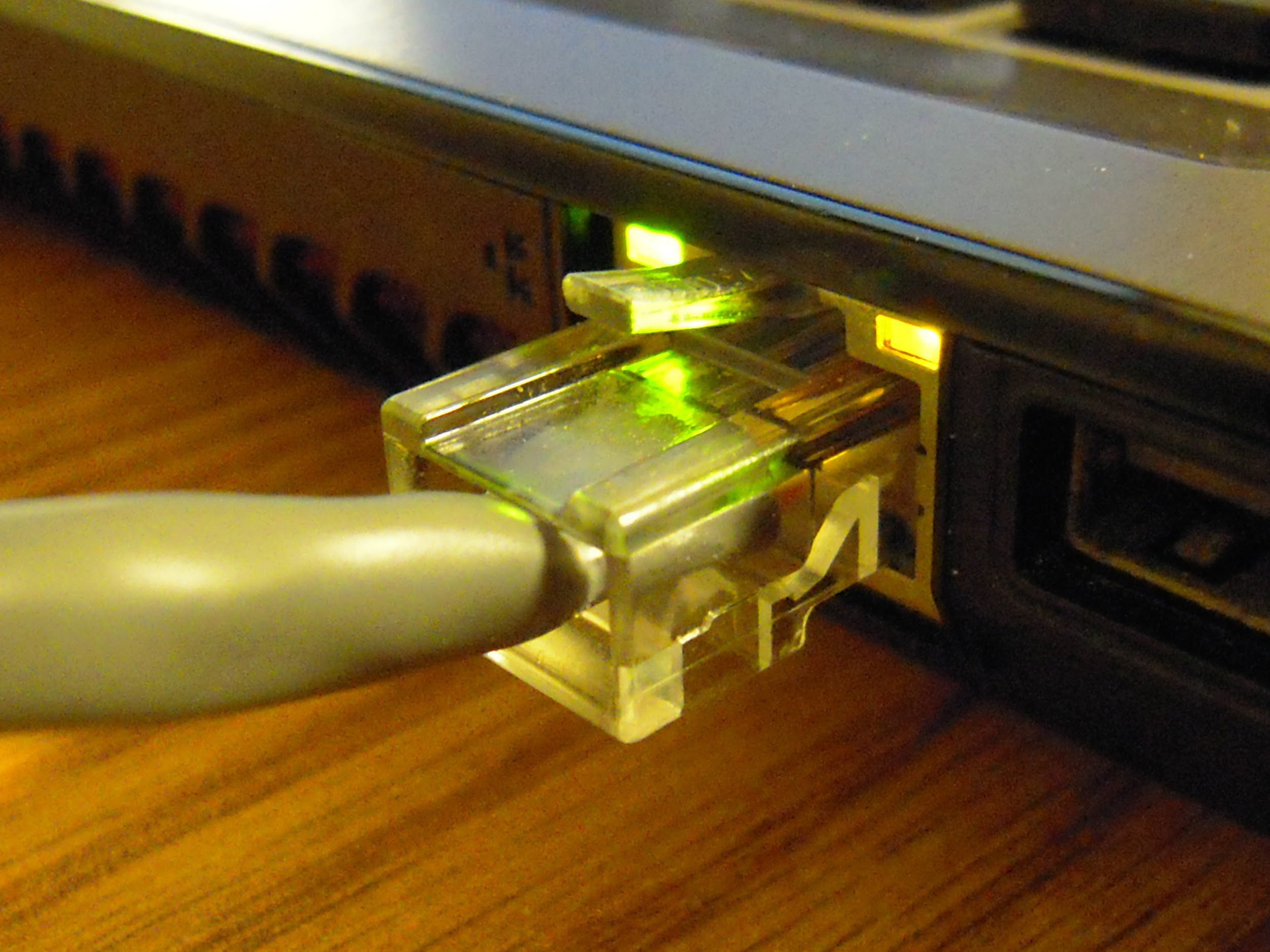
Have you ever questioned how far AI has gotten in the visual world? Thanks to AI enhancements, technologies such as face ID phone locks or self-driving cars exist. CNN is, by far, the fundamental element of this revolutionary era. Currently, CNNs are used by current image recognition systems for which they have now extended their applications in industries such as healthcare, retail, entertainment, etc. Businesses looking to leverage this technology often partner with an AI/ML development company to integrate CNNs into their applications.
But how do CNNs work? What makes them so special? But what will the future be for this exciting technology? In this article, we’ll see what CNNs are, what sort of jobs they are capable of, and how they are changing the landscape of the image recognition world.
Understanding Convolutional Neural Networks (CNNs)
A convolutional neural network is an artificial neural network that is only meant to process images. However, CNNs process images not as a long stream of numbers; they preserve the spatial structure of these images. With its help it, they can more easily detect patterns such as edges, textures, shapes, and objects.
CNNs learn to detect simple patterns and combine results to produce a complex object. A CNN is a stack of layers that takes in an image extracts different features and then learns to recognize things like objects, faces, and even emotions. Companies offering AI/ML development services play a crucial role in optimizing CNN-based applications to improve performance and accuracy.
How CNNs Work: A Step-by-Step Breakdown
To get a better idea of what CNNs are, we can break down how CNNs handle images.
Convolution Layer
Convolution Layer is the first step in a CNN. This layer scans the image with small filters (known as kernels) in order to find basic features such as edges, lines, and textures.
ReLU Activation Function
Once features have been detected, CNN then uses an activation function known as the Rectified Linear Unit (ReLU). It prevents the presence of negative values and thus allows the network to see non-linear relationships better, thus it makes the model more powerful for discovering intricate patterns.
Pooling Layer
Pooling reduces image size without losing the main info. It picks out the most important features from a small area of the image and thus makes the model more efficient and less responsive to minor changes in the image.
Fully Connected Layer
After the reduction of size and extraction of the features, they are transferred to a fully connected layer, which is similar to a traditional neural network. It is a layer that helps to classify the image into different categories, such as cat, dog, etc.
Softmax Function & Output
Finally, the model gives probabilities for each category using the softmax function. The final prediction is chosen from the category with the highest probability.
Why CNNs Are a Game-Changer in Image Recognition
CNNs have completely transformed image recognition by offering several advantages over traditional methods:
- Higher Accuracy: CNNs can recognize objects with remarkable accuracy, even under different lighting conditions, angles, and backgrounds.
- Automatic Feature Extraction: Unlike older methods that require manual feature selection, CNNs automatically learn the most relevant features from data.
- Scalability: CNNs can process massive amounts of images quickly, making them ideal for real-world applications.
- Robustness: CNNs can identify objects even if they are partially visible, rotated, or distorted.
The Role of CNNs in Emerging Technologies
As CNNs continue to evolve, they are becoming the foundation for cutting-edge technologies that extend beyond traditional image recognition. Businesses seeking AI/ML consulting services can gain insights on how to effectively implement CNNs in various domains.
Augmented Reality (AR) and Virtual Reality (VR)
CNNs are enhancing AR and VR experiences by enabling real-time object tracking, gesture recognition, and scene understanding. This allows AR applications to seamlessly overlay digital elements onto the real world and improves VR environments with realistic object interactions.
Metaverse and AI-Generated Content
CNNs play a crucial role in generating hyper-realistic avatars and immersive environments in the metaverse. They enable artificial intelligence and machine learning solutions for AI-powered content creation, from facial animation to realistic textures, making digital spaces more lifelike and interactive.
AI-Assisted Manufacturing and Quality Control
In industrial automation, CNNs are used to detect product defects, ensure quality control, and streamline manufacturing processes. They can analyze microscopic details that human inspectors might miss, reducing errors and improving efficiency.
Space Exploration and Astronomy
CNNs are assisting scientists in analyzing astronomical images, identifying celestial objects, and even detecting exoplanets. Space agencies use AI-driven image recognition to sift through massive amounts of cosmic data, accelerating discoveries in the universe.
Personalized AI Assistants
Future AI assistants will leverage CNNs to understand the visual context better. For example, smart home systems could identify objects, recognize household members, and anticipate user needs based on visual cues, making AI more intuitive and responsive.
Real-World Applications of CNNs in Image Recognition
CNNs are already making a significant impact in various fields. The evolution of AI-powered strategies to enhance customer satisfaction is expanding. Here are some of the most exciting applications:
Facial Recognition
Facial recognition is used in security systems, social media, and even to unlock smartphones. CNNs can detect and verify faces with high precision, making them essential for biometric authentication.
Medical Image Analysis
In healthcare, CNNs help doctors diagnose diseases by analyzing X-rays, MRIs, and CT scans. They can detect cancer, brain tumors, and even diabetic retinopathy with incredible accuracy, saving lives through early diagnosis.
Autonomous Vehicles
Self-driving cars rely on CNNs to detect pedestrians, road signs, traffic signals, and other vehicles. CNN-powered vision systems ensure that these vehicles navigate safely without human intervention.
Retail & E-Commerce
CNNs enable visual search features in shopping apps, allowing users to find products by uploading images. They also power recommendation systems, enhancing the online shopping experience and ultimately transforming sales.
Security & Surveillance
Security cameras equipped with CNNs can identify suspicious activities, detect weapons, and even recognize individuals in crowded places. This helps law enforcement agencies maintain safety more efficiently.
Agriculture & Environmental Monitoring
CNNs help farmers by detecting plant diseases and monitoring crop health. They are also used in environmental research to analyze satellite images and track deforestation, pollution, and climate change.
Challenges and Limitations of CNNs
Despite their success, CNNs are not perfect. Here are some challenges they face:
Data Dependency
CNNs require massive amounts of labeled data to train effectively. Collecting and annotating this data can be expensive and time-consuming.
Computational Power
Training deep CNN models requires high-performance GPUs, which can be costly.
Adversarial Attacks
CNNs can be fooled by subtle modifications in images, making them vulnerable to adversarial attacks.
Bias in Training Data
If CNNs are trained on biased datasets, they may produce unfair or inaccurate results, which is a critical issue in applications like hiring and criminal justice.
Ethical Considerations in CNN Development
As CNNs become more prevalent, ethical concerns must be addressed:
- Privacy Issues: Facial recognition and surveillance systems powered by CNNs raise concerns about data privacy and misuse.
- Bias and Fairness: Developers must ensure that CNNs are trained on diverse datasets to avoid biases that can lead to discrimination.
- Deepfake Technology: CNNs can generate highly realistic fake images and videos, which can be used maliciously.
- Transparency: Researchers are working on making CNNs more interpretable so that their decision-making process is understandable and accountable.
The Future of CNNs and Image Recognition
As technology evolves, CNNs are expected to become even more powerful and efficient. Organizations investing in custom AI/ML solutions will be able to leverage the latest advancements in CNNs for enhanced accuracy and efficiency. Here are some trends to watch:
Improved Model Efficiency
Researchers are working on more efficient CNN architectures like MobileNet and EfficientNet, which require fewer computations while maintaining high accuracy. This will make AI-powered image recognition more accessible on smartphones and edge devices.
Self-Supervised Learning
Future CNNs will rely less on labeled data and use self-supervised learning techniques to train on vast amounts of unlabeled images. This will significantly reduce the dependency on human-annotated datasets.
AI-Powered Creativity
CNNs are being used in art and design to generate realistic images, deepfakes, and even AI-powered painting tools. They will continue to revolutionize the creative industry in unexpected ways. You can explore how generative AI is shaping the future of creativity and artistic expression.
Better Interpretability
AI researchers are developing methods to make CNNs more explainable. This will help humans understand why a model made a particular decision, increasing trust in AI systems.
Integration with Other AI Technologies
CNNs are being combined with other AI techniques like transformers and reinforcement learning to enhance their capabilities. This hybrid approach will unlock new possibilities in AI-driven vision systems.
Conclusion
CNNs have become the “eyes” of AI, enabling machines to see and interpret the world with remarkable accuracy. From healthcare to security, transportation to retail, CNNs are shaping the future of image recognition in ways we never imagined.
As technology advances, we can expect CNNs to become more efficient, reliable, and intelligent. While challenges remain, the future of AI-powered vision looks incredibly bright. Whether it’s helping doctors detect diseases, making self-driving cars safer, or enhancing security systems, CNNs are truly revolutionizing the way we interact with technology.
So, the next time you unlock your phone with your face or search for products using images, remember—you are witnessing the power of CNNs in action!








